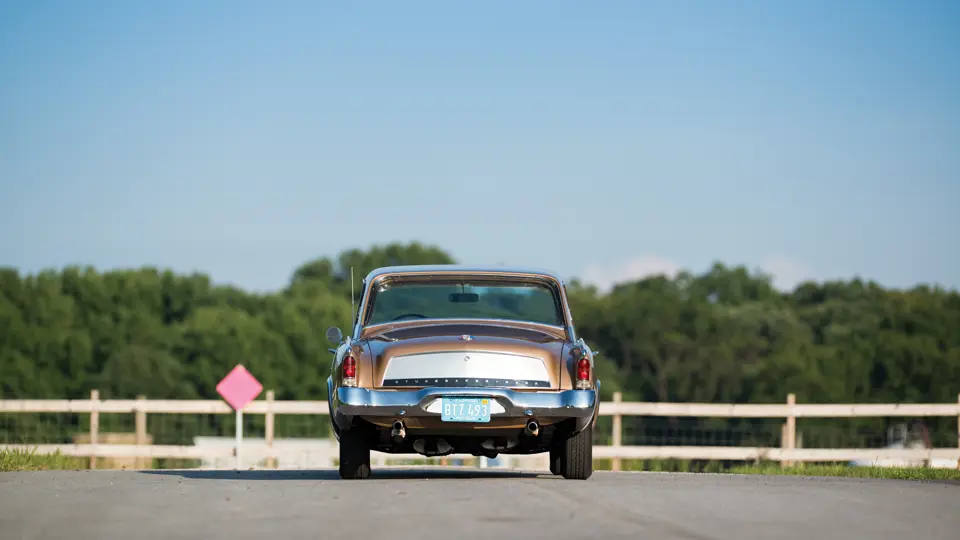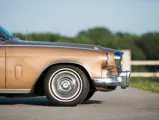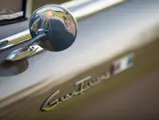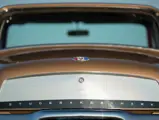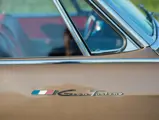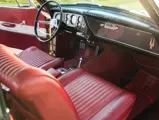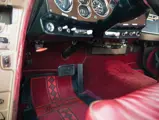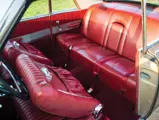210 bhp, 289 cu. in. OHV V-8 engine, three-speed automatic transmission, coil-spring independent front suspension, live rear axle with semi-elliptical leaf springs, and four-wheel hydraulic drum brakes. Wheelbase: 120.5 in.
Studebaker Corporation totally underestimated the popularity of the 1953 Raymond Loewy-designed coupe models, resulting in lost sales until production caught up with demand. In the long run, however, the coupes were a godsend, remaining in production until assembly was moved to Canada in 1965.
Styled by Loewy staffer Robert Bourke, the sultry coupes came in many flavors: sixes and V-8s, “post” coupes and hardtops. The most elegant early edition was the 1955 President Speedster, with an up-rated 289-cid engine, exclusive colors, and a damascened dashboard with Stewart Warner instruments.
For 1956, Studebaker restyled all sedan and wagon bodies to look more like other American cars but limited the coupe’s update to a nose and tail makeover. The result was the Studebaker Hawk, with a Mercedes-like grille, fiberglass fins, a slight bustle trunk lid, and an array of engines from an L-head six-cylinder up to a 352-cid Packard V-8.
The Packard engine was an interim solution, as were the fiberglass fins. For 1957, curvaceous steel fins made their debut, and since the Packard engine had gone out of production, the engines were all Studebaker. Stude’s own V-8 had reached its displacement limit, so a McCulloch supercharger was added, resulting in nearly one brake horsepower per cubic inch of displacement.
For 1962, designer Brooks Stevens updated the Hawk to perhaps its most dramatic appearance. Giving the Loewy look a more formal appearance, he reworked the roof contours and made the grille Mercedes-like with a broad chrome outer molding. With the new look came a new name: Gran Turismo Hawk. After introduction of the Avanti in 1963, both its R1 and R2 engines became available as Hawk options. Production continued only through the 1964 model year, since the Hawk was discontinued after production was moved to Canada.
Purchased by the current owner in 2014, the car is a well-kept original. It is painted in Champagne Gold with bucket seats upholstered in pleated red vinyl, and it is equipped with power steering, power brakes, a radio, a heater-defroster, a center console, a factory tachometer, and an electric clock. The powertrain is Studebaker’s 210-brake horsepower 289-cubic inch V-8 with dual exhausts, driving through a three-speed Flightomatic transmission. The odometer reading, some 93,500 miles, is reported by the owner as genuine. It is accompanied by a Studebaker National Museum report citing its delivery by Indianapolis Studebaker on December 27, 1963, to Norman Smalley, of Plainfield, Indiana. Also included are the original owner’s manual, an accessories booklet, and the original service policy with its maintenance history recorded. The original jack, in its correct bag, is in the carpeted trunk.
Hawk production was winding down in 1963. From a high of nearly 20,000 in 1957, it had dropped to 8,388 in 1962, the GT Hawk’s debut year. In 1963, it was 4,634. This desirable car, then, is part of a very small constituency. It would be hard to find another original example in this condition.





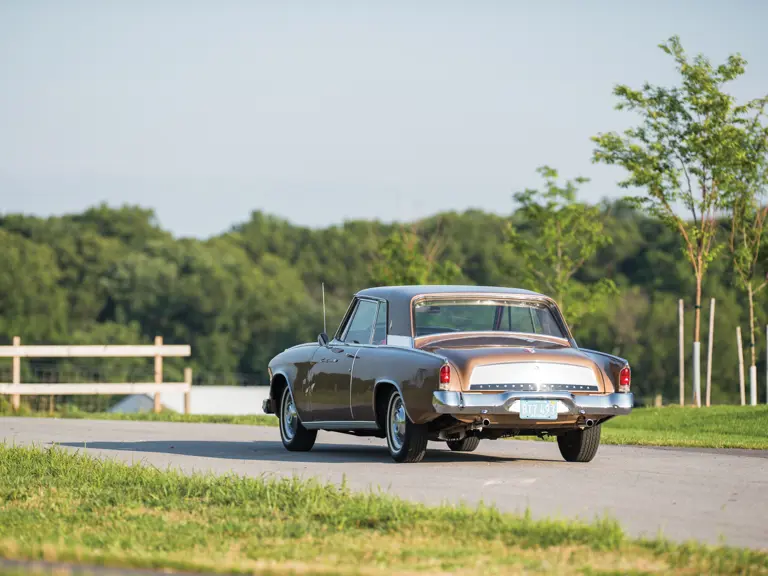
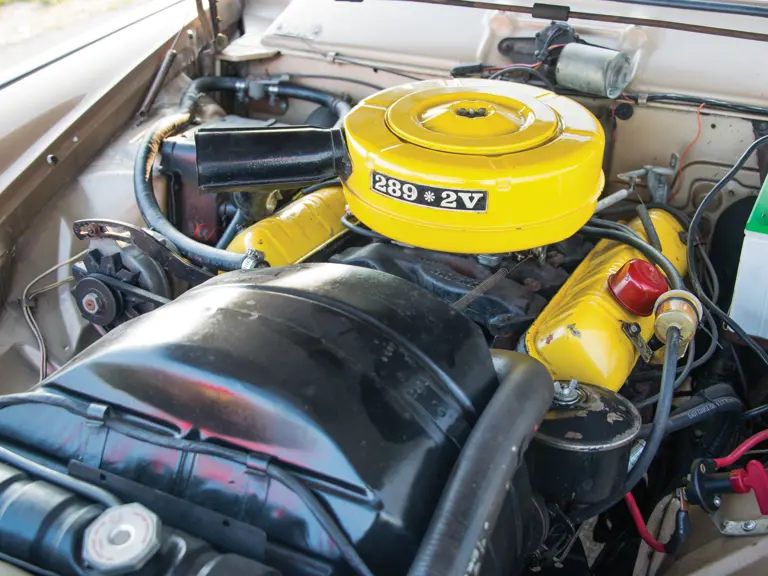
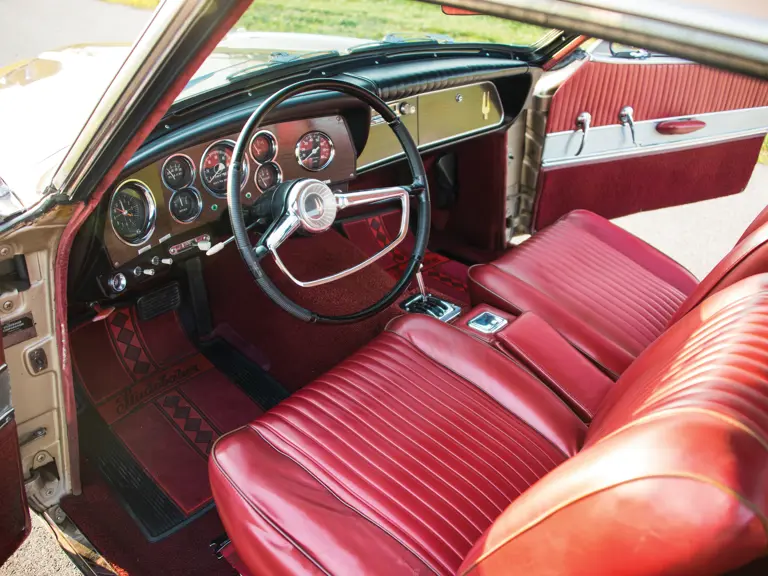
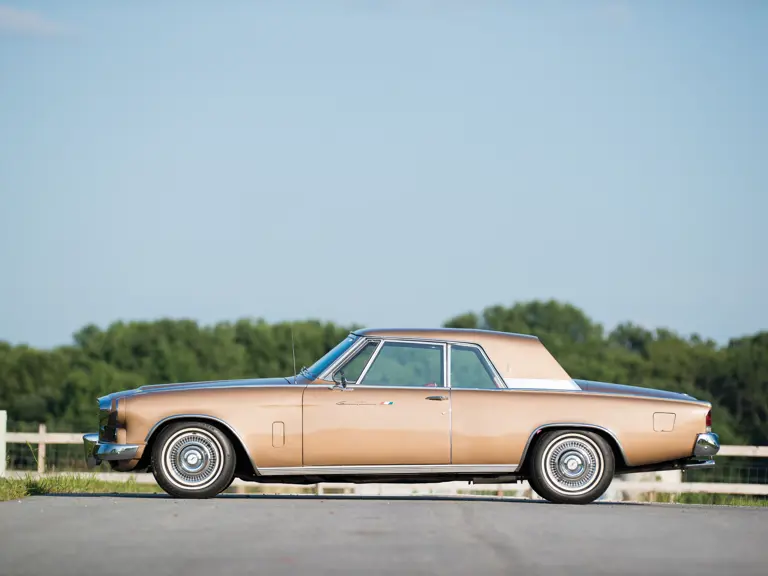
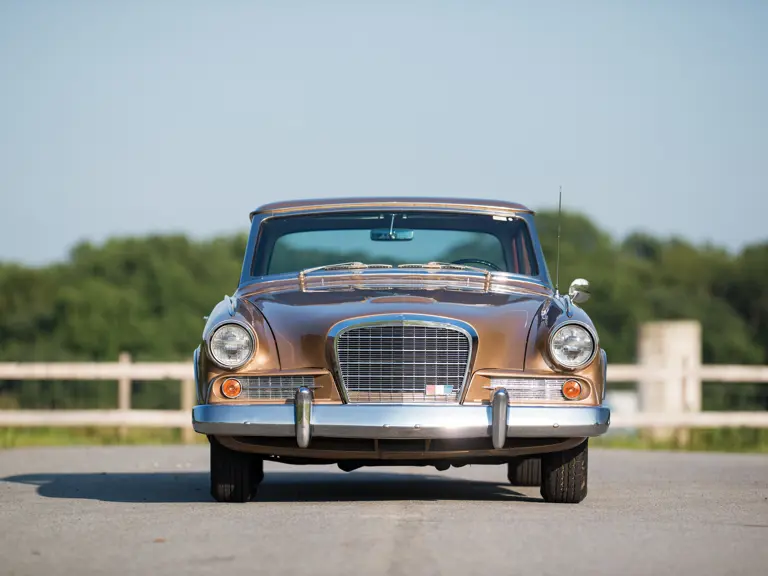

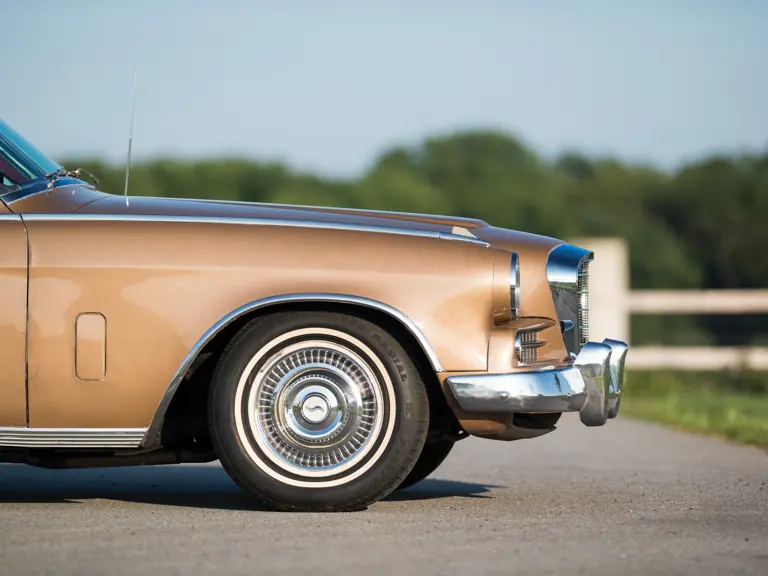
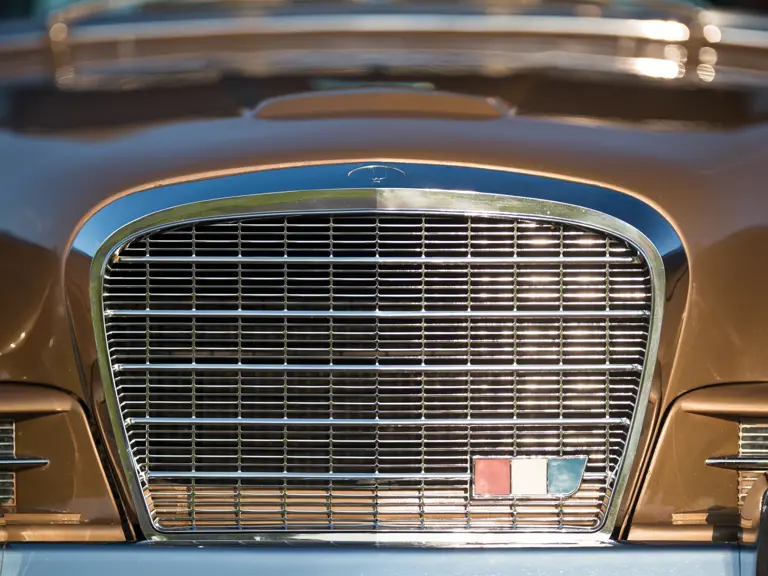

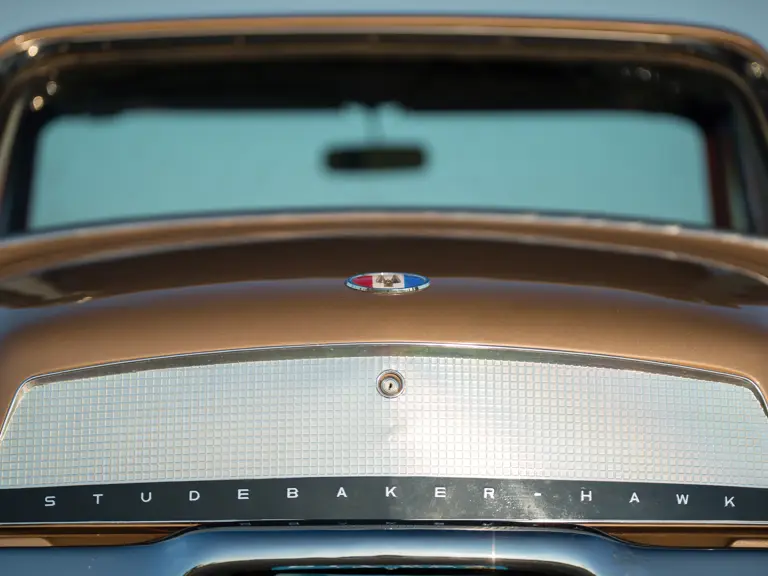
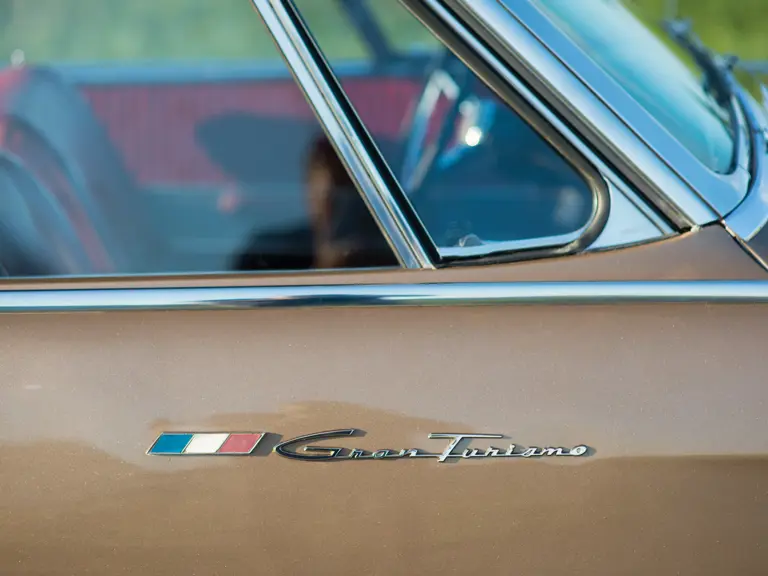
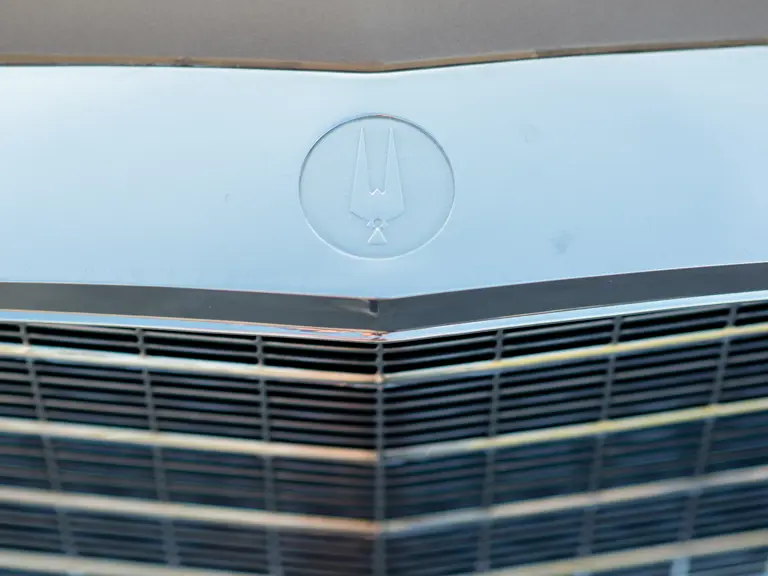
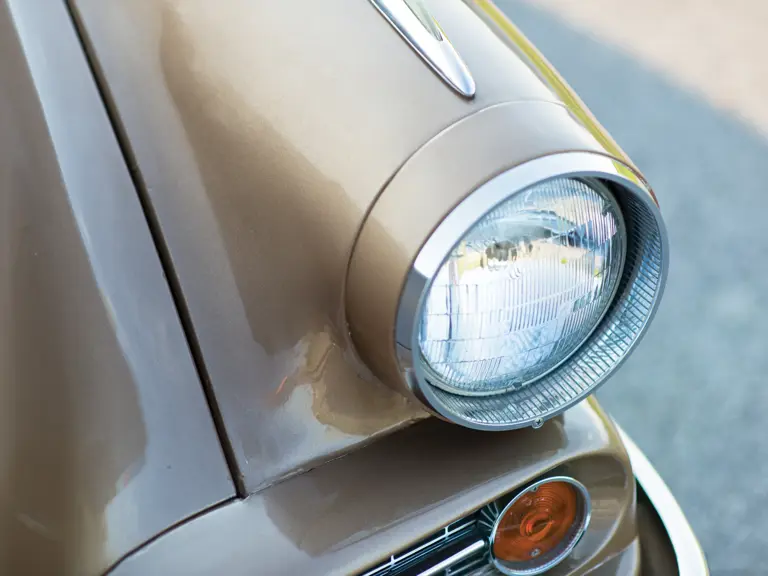
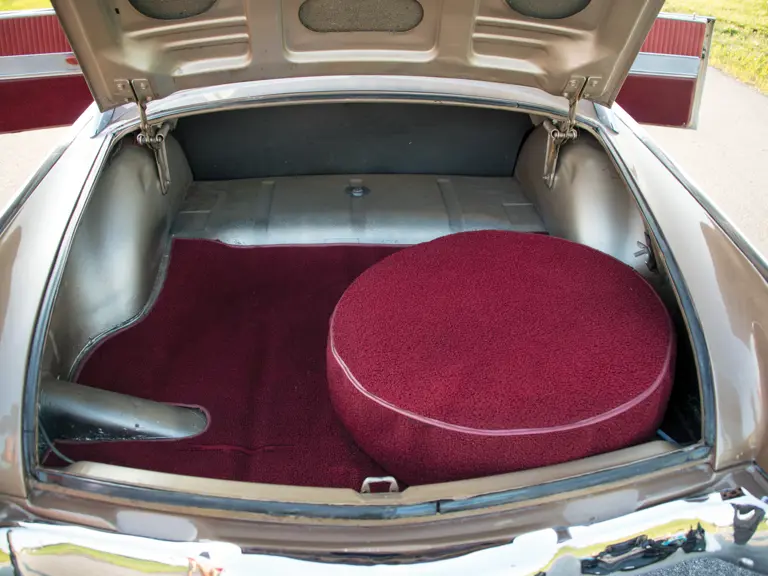

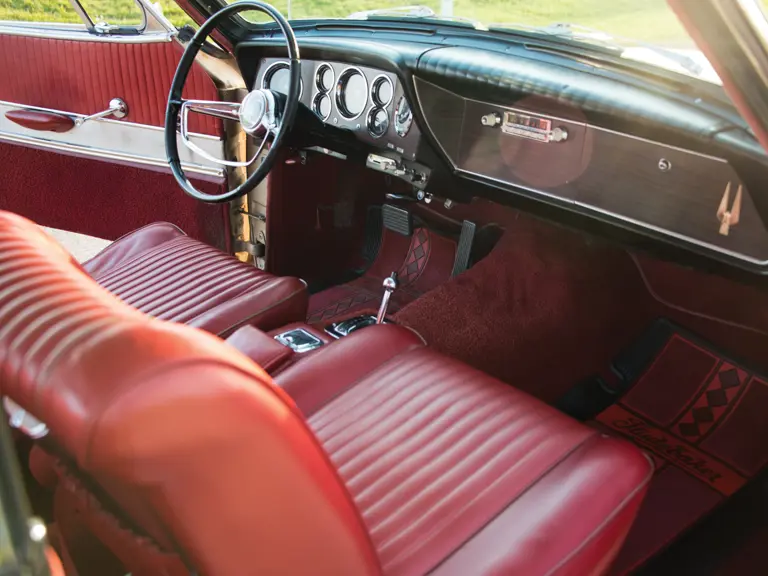

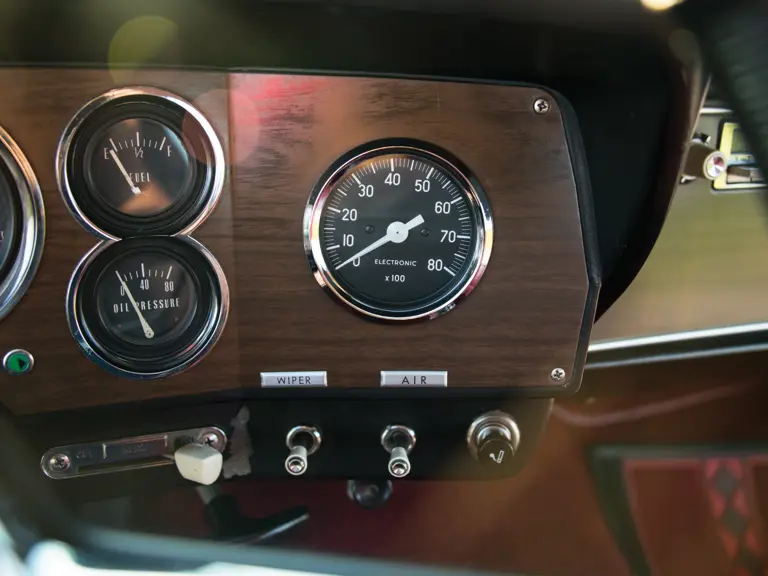
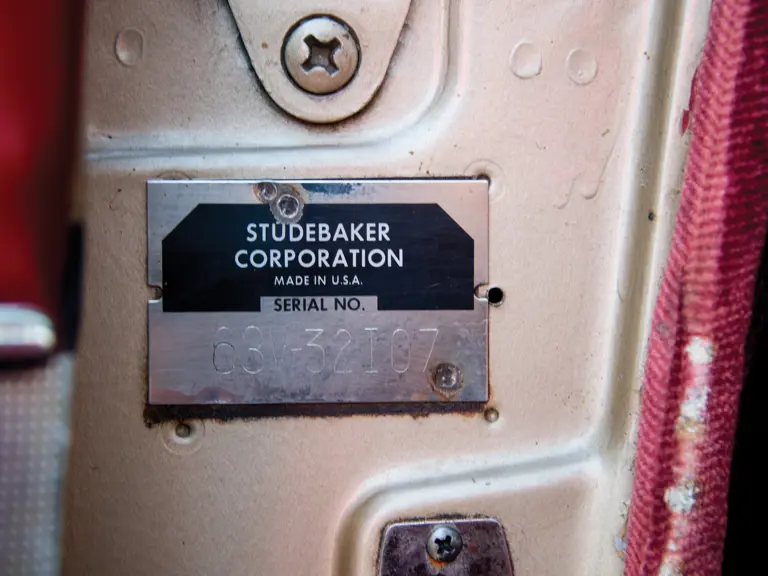
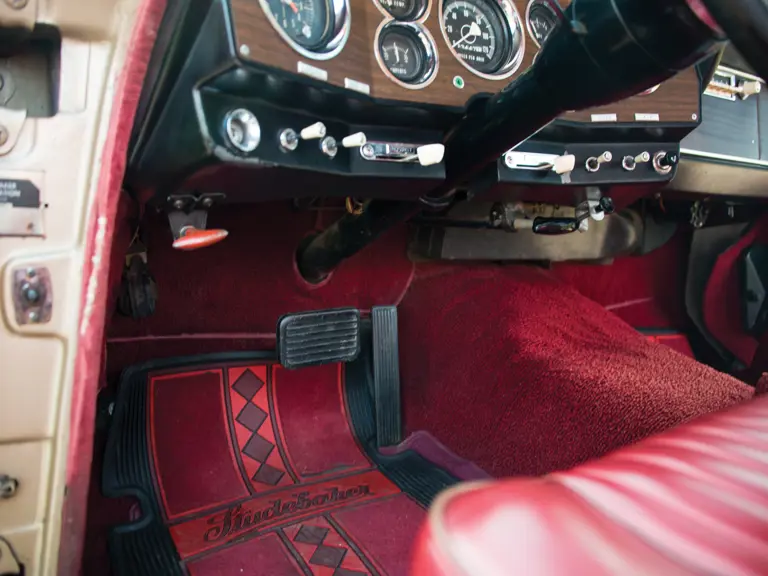
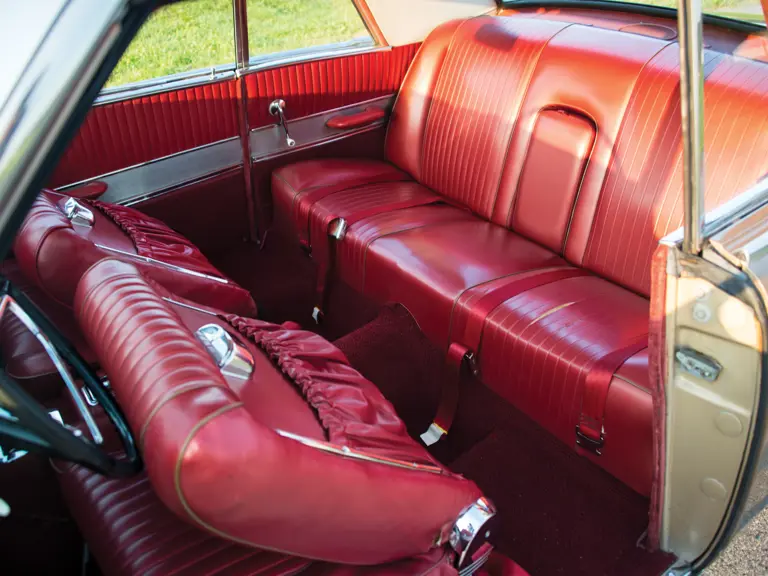
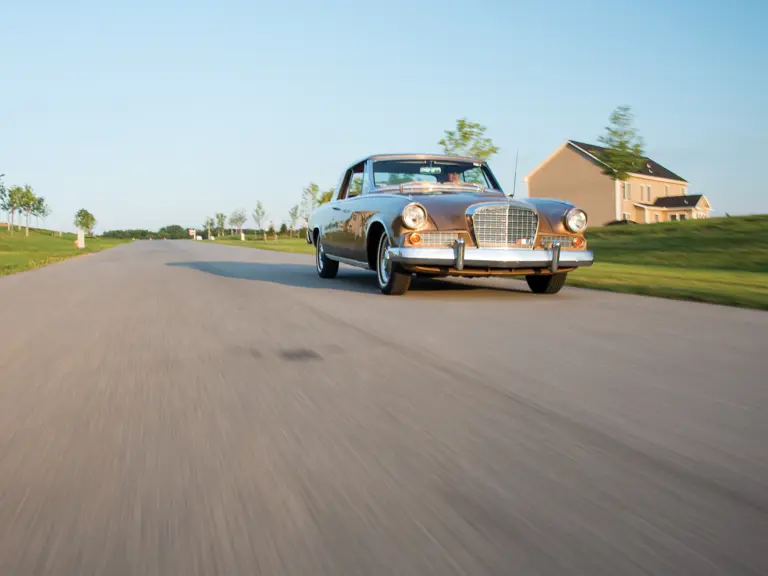
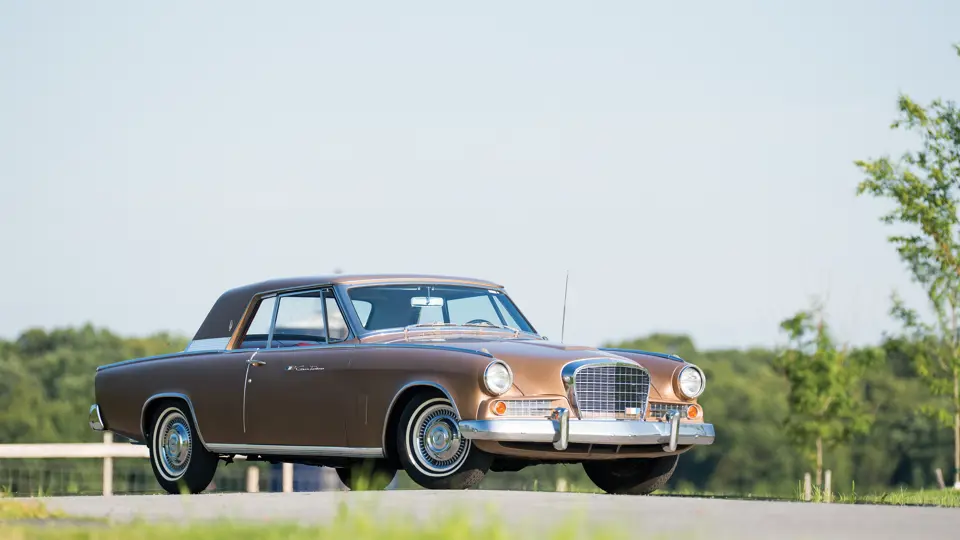
 | Hershey, Pennsylvania
| Hershey, Pennsylvania


